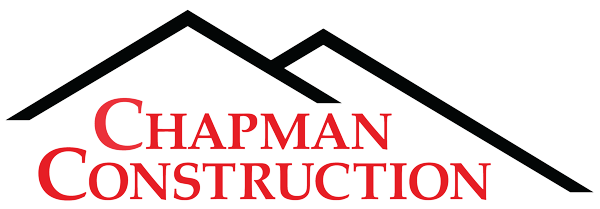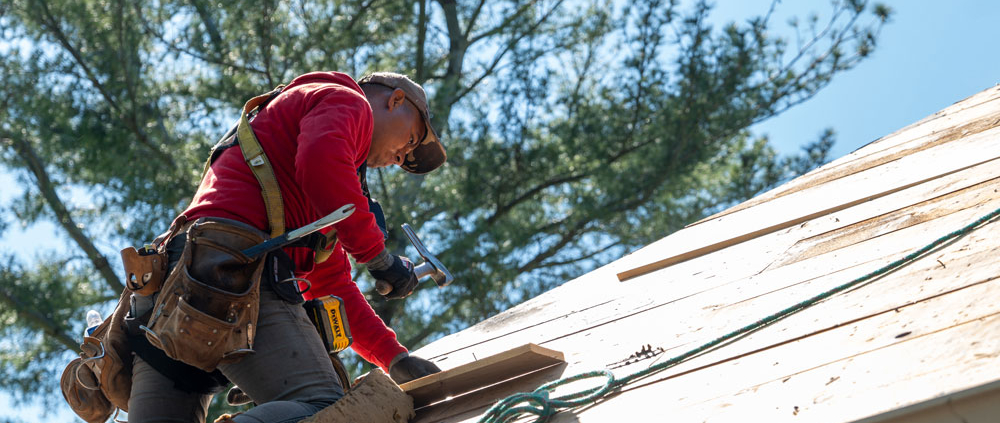How Cold Weather Impacts Your Roof — And Why a Quality Roof Matters
Protect Your First Defense from the Elements
When temperatures drop and winter settles in, your roof becomes one of the most critical defenses your home has against the elements. Cold weather, snow, and ice can wreak havoc on roofs, especially if they’re not in good condition. Understanding how cold weather impacts your roof and why investing in a quality replacement is essential can save you from costly repairs and keep your home warm and energy-efficient.
The Effects of Cold Weather on Roofs
Cold weather brings unique challenges to your roof, including:
- Thermal Expansion and Contraction
As temperatures fluctuate, roofing materials expand and contract. This process can lead to cracks, splits, and the loosening of shingles or other roofing components, creating entry points for water and cold air. - Ice Dams
Ice dams happen when melting snow refreezes on your roof and traps water, leading to leaks that damage your ceiling, insulation, and walls. - Increased Weight from Snow
Heavy snowfall adds significant weight to your roof. If the structure isn’t built to handle the load, it can lead to sagging or, in extreme cases, structural failure. - Brittle Materials
Cold temperatures make roofing materials like shingles and flashing more brittle and prone to breaking. Any existing weaknesses, such as small cracks or worn areas, can worsen quickly in frigid weather.
Why a Quality Roof is Essential in Winter
A quality roof does more than keep the snow out. Here’s why it’s worth the investment:
- Improved Insulation
A well-installed, high-quality roof acts as a barrier to keep heat inside your home. Poor insulation and gaps in your roof can lead to significant heat loss, causing your energy bills to skyrocket during winter months. - Enhanced Durability
Modern roofing materials are designed to withstand harsh weather conditions, including extreme cold. By replacing an old or damaged roof with a new, durable one, you’re ensuring your home is protected against the season’s worst. - Preventative Protection
A quality roof prevents small issues from becoming big problems. Proper installation, robust materials, and professional maintenance reduce the likelihood of leaks, ice dams, and structural failures. - Energy Efficiency
An energy-efficient roof, combined with adequate attic insulation, reduces heat escape and minimizes strain on your heating system. This not only keeps your home cozy but also helps the environment by cutting down energy consumption.
Signs It’s Time for a Roof Replacement
How do you know if your roof needs replacing before winter sets in? Look out for these warning signs:
- Missing or cracked shingles
- Sagging or uneven rooflines
- Leaks or water stains on ceilings and walls
- Excessive granule loss (look for shingle debris in gutters)
- Drafts or cold spots in your home
Don’t Wait Until It’s Too Late
Winter can be tough on roofs, but the right preparation makes all the difference. If your roof is showing signs of wear, now is the time to act. A professional roof replacement ensures your home stays warm, dry, and safe throughout the cold season—and for years to come.
Remember, your roof isn’t just a cover over your head; it’s an investment in your home’s comfort and protection. Don’t leave it to chance this winter. Contact Chapman Construction today to schedule an inspection and discuss your roofing needs.






